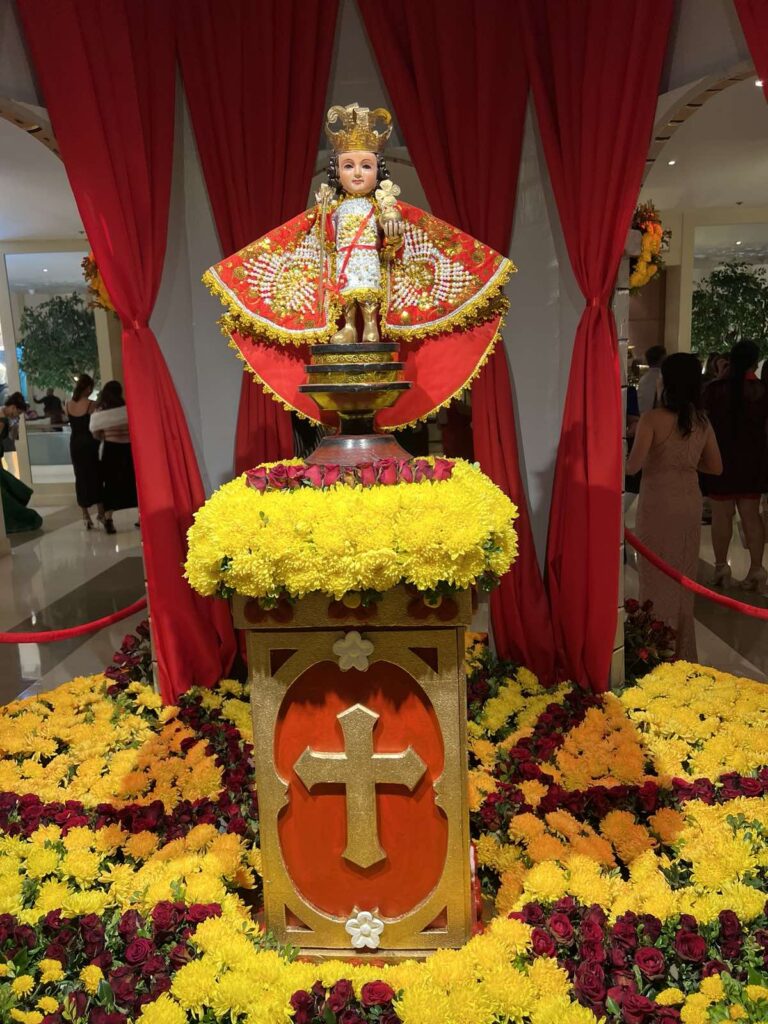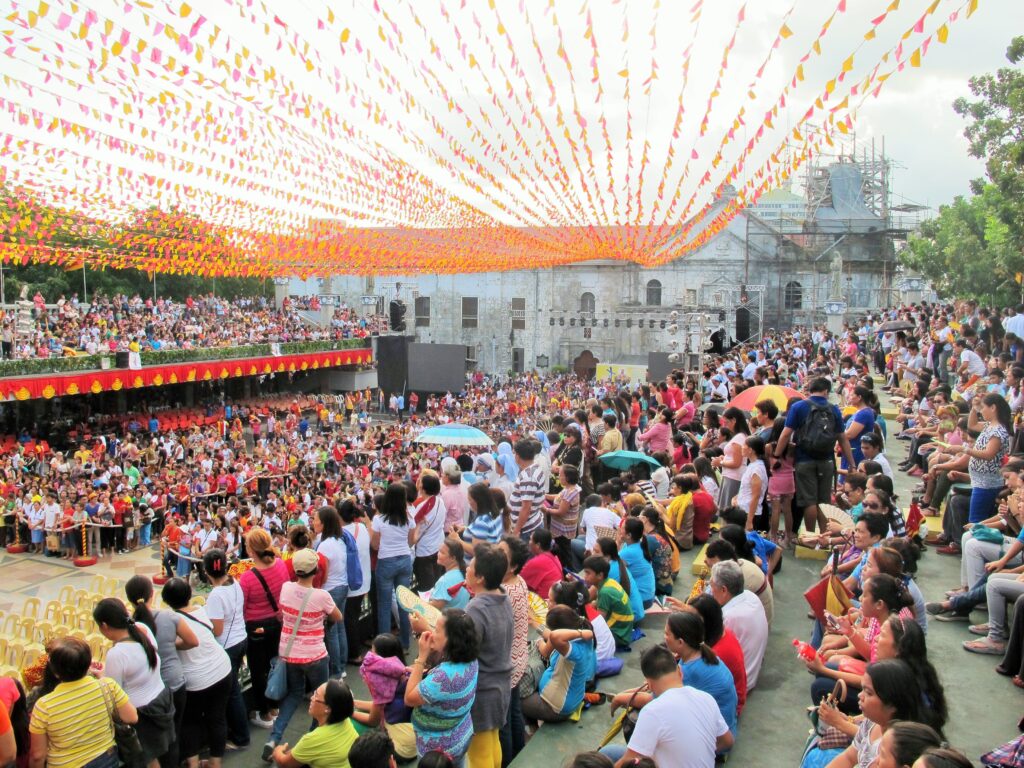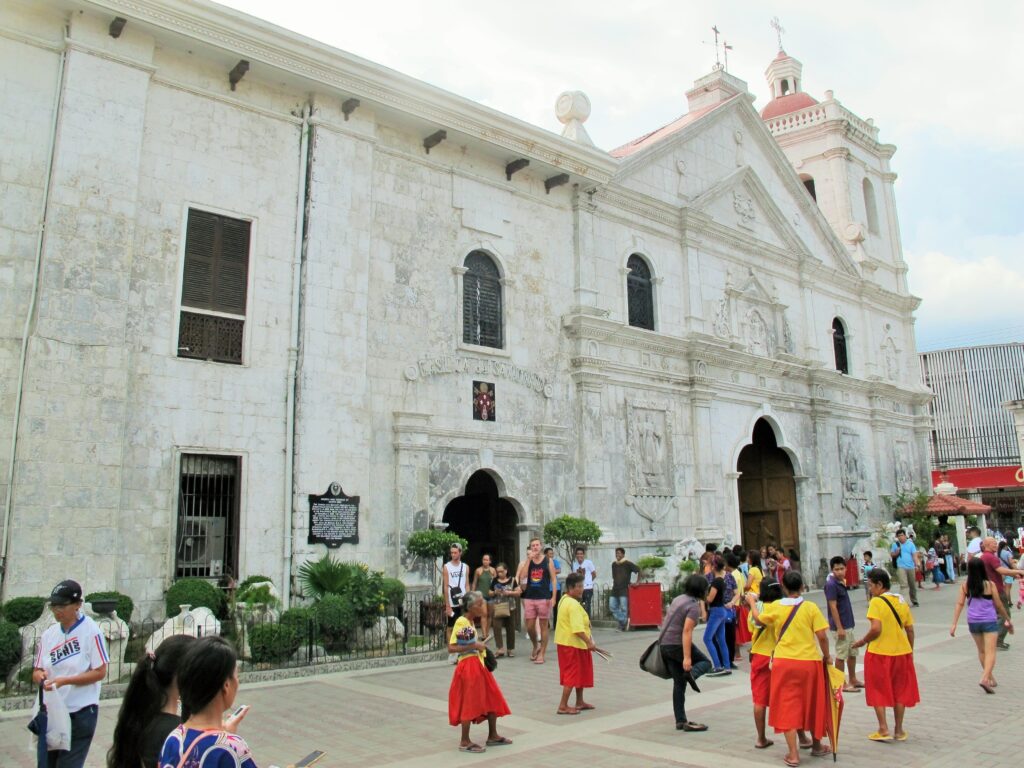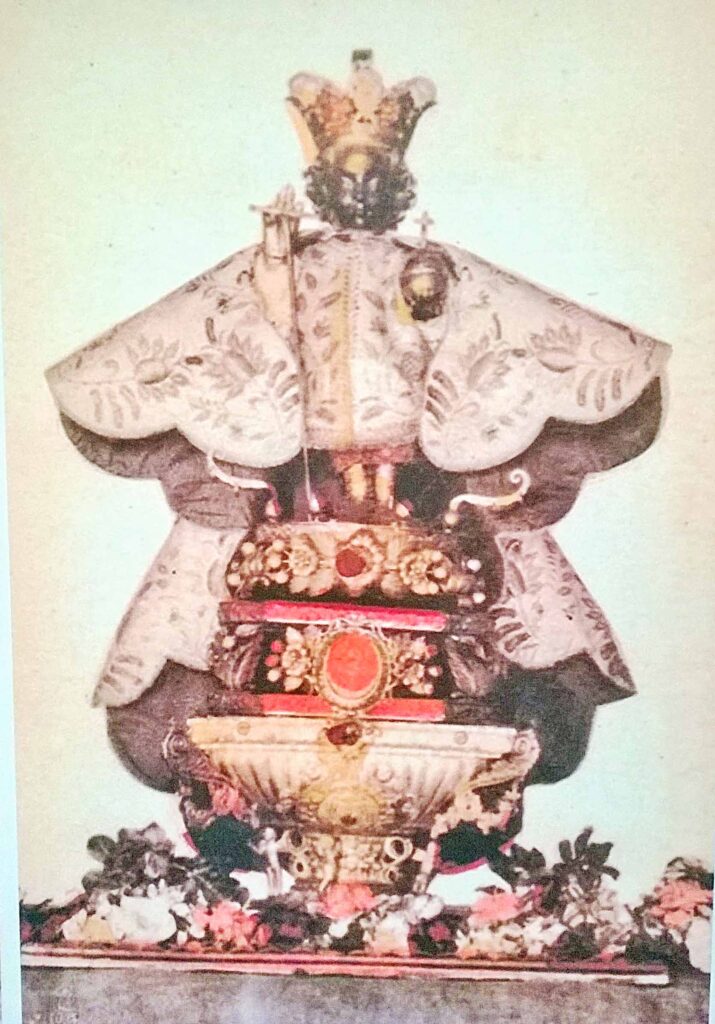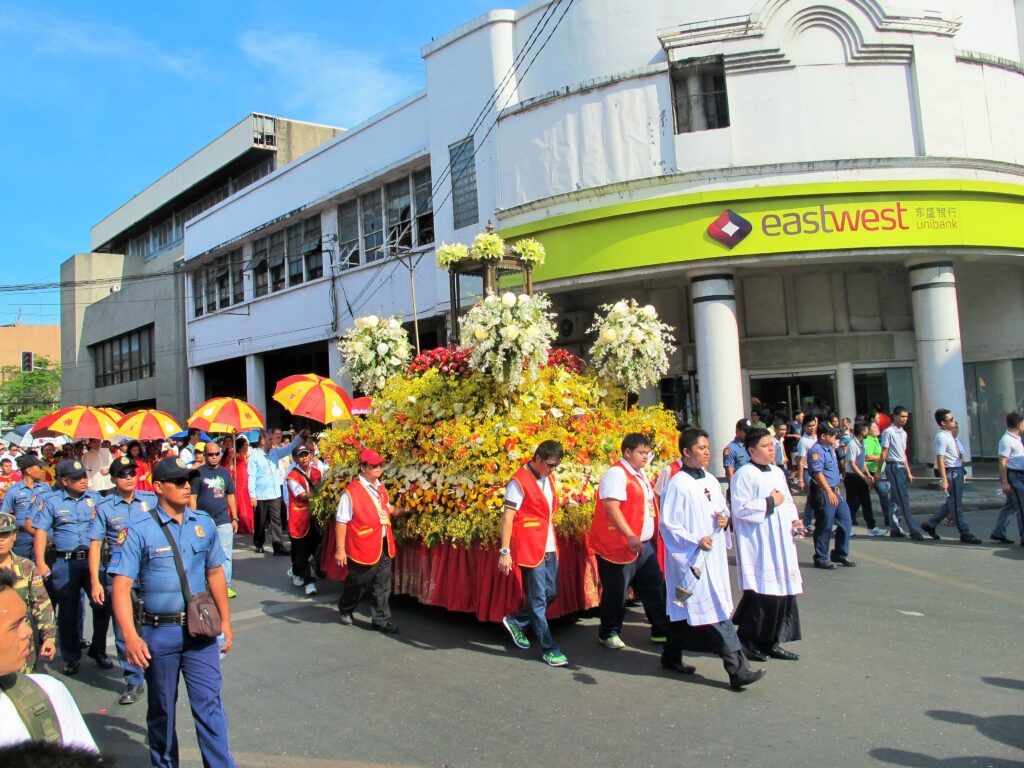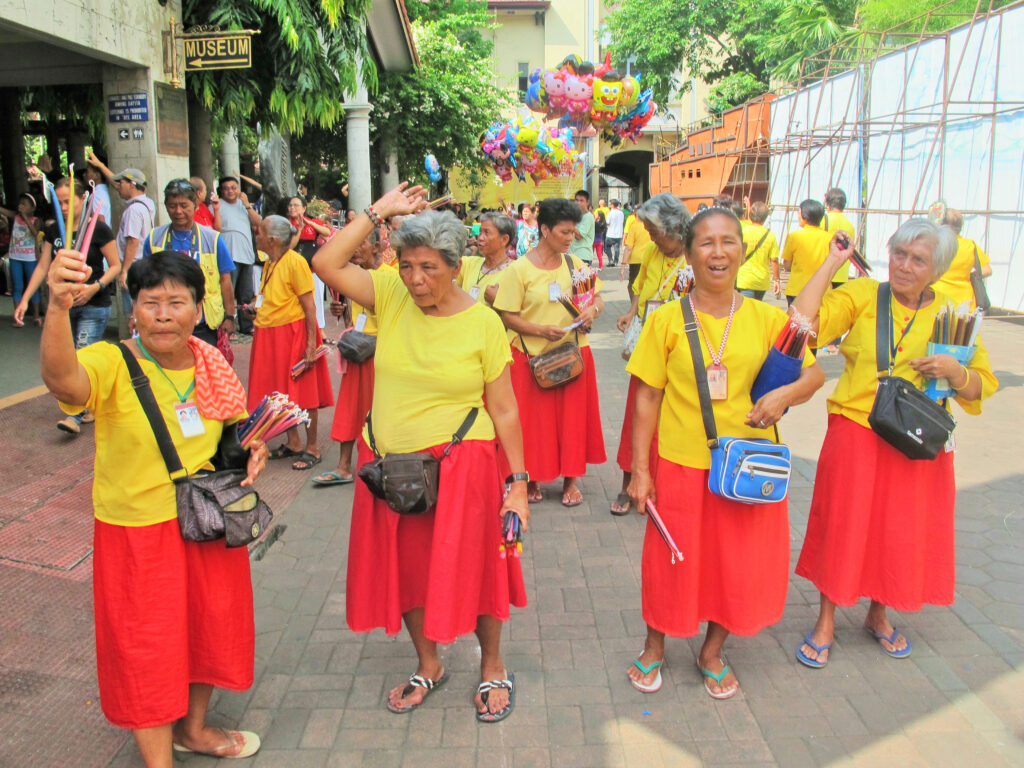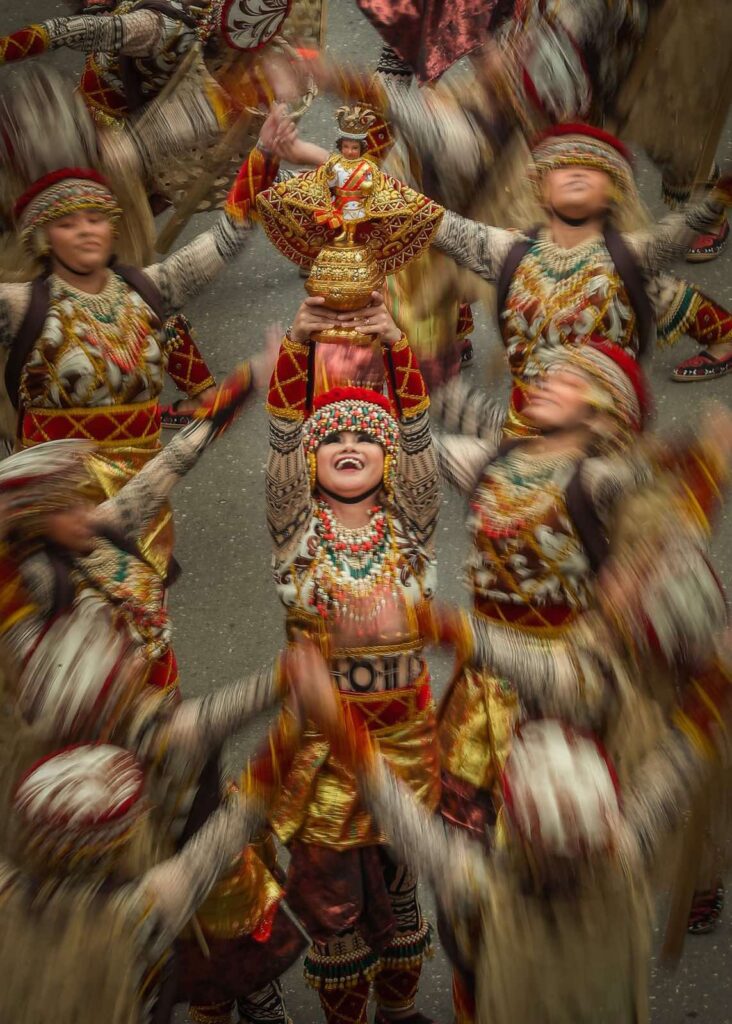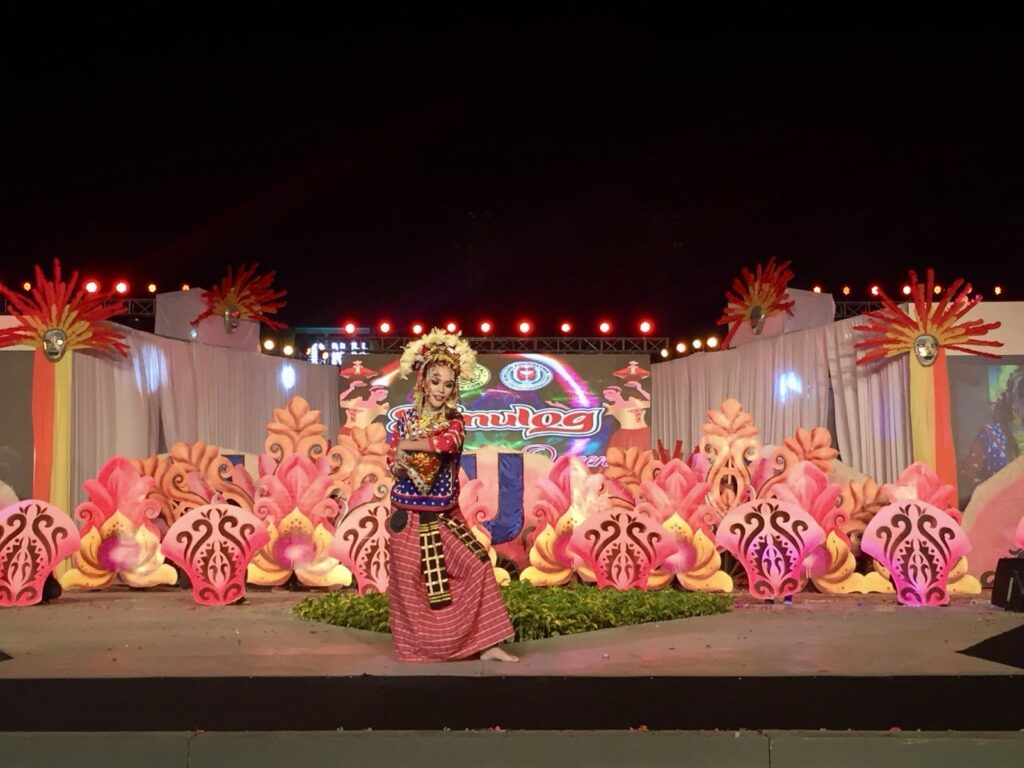Once upon a time — yes, it’s been that long ago, or so it may seem — it was easy not to dwell on the fond memories of Christmas family traditions, nor the revelry to greet the New Year at the Casino Español de Cebu. It was due to the breaking of the dawn of the highly-anticipated Sinulog Festival, a fiesta like no other in our islands.
For weeks on end, there were gentle and harsh reminders in most open spaces around the metro — either isolated or the nucleus of activities — in the form of the basic drum and bugle corps, some more sophisticated with additional instruments, which my father candidly referred to as simple noisemakers.
We noticed bustling preparations within the circumferences of Fort San Pedro, Casa Gorordo, the Jesuit House, the Yap-San Diego Ancestral Home, the Heritage of Cebu Monument, Magellan’s Cross, Cebu Metropolitan Cathedral, the Basilica Minore of El Señor Santo Niño de Cebu, and even on Colon, the oldest street in the Philippines.
Surrounding these eternal testimonies to Cebu’s history and heritage was the immense traffic, which we never experienced before — the stigma associated with poor EDSA, and unheard of in our highly-progressive hometown. And of course, devotees and devotees and devotees! The scene was made more chaotic by vendors on wheels, manned stalls and kiosks who peddled their wares to those who may wish for a keepsake or two.
Though there was kind-spirited ruckus, I must admit, Cebu looked her best with buildings sporting new paint and continuous beautification projects all around. That’s when we realized the Fiesta del Señor Santo Niño de Cebu and the Sinulog Festival was coming.
On Saturday, just when my head barely touched my pillow in bed, I had to get up at 3 a.m. to be among the early birds at the National Shrine and Parish of Saint Joseph in Mandaue City. We needed to drive in the dark; we wished the street lights shone a little brighter. But not without competing with the several cars on the road and swarms of bodies — people chatting away, they seemed to have stayed the whole night long awake — all with our common destination.
We took refuge at an iconic post with a life-sized ceramic sculpture which I wish would nudge me when sleep would take the better of me. But luckily, a great incentive to keep me up was the angelic choir, which sounded more heavenly than earthly with each passing hymn.
The celebration of the Holy Sacrifice of the Mass officially signaled the return of the images both of the El Señor Santo Niño de Cebu and La Nuestra Virgen de Guadalupe to be enshrined at the Basilica Minore for another year.
Plain onlookers stood shoulder to shoulder to get a last look of the icons as they passed by, there were warm goodbyes, a smattering of flying kisses. Believe it or not, there were even genuine tears.
Meanwhile, at the pier, the atmosphere quickly changed from bittersweet adieus, to an energetic warm send-off, with thunderous applauses, deafening cheers, and roaring shouts. Soon followed were trumpets and drums, firecrackers one louder than the next, vehicles honked their horns, and even docked ships blew their sirens.
No church bells? There could have been, but not with all the noise and frenzy.
We then sighted the yacht which was faithfully transformed into a galleon, bearing the returning icons, surrounded by flowers and flags on board, and the blessings addressed to the crowd.
And thus began its fluvial procession back to the City of Cebu. We dashed over to the old bridge that connects Mactan to Cebu, though the aqueduct still needed a proper name, due to some technicalities, they said. We found a perfect spot beside a monster of a pillar where we could take in a sweeping view of the water far below. And here they came. The water flotilla— almost in slow motion — name it, they had it, passenger and cargo vessels, commercial barges and fishing bancas, pump boats and fast crafts, yachts and catamarans, and dozens and dozens of barotos and jet skis, all festively decorated, and sailing almost in perfect cadence.
As if the aquatic spectacle was not enough, up in the air were choppers from the Philippine Air Force alongside two private planes, which continued to shower the commemoration with floral petals, a sight almost impossible to forget.
It then crossed my mind that before long, the earlier scenario would likewise unfold in front of the Cebu City Sea Terminal, a procession to the Basilica Minore to reenact the baptism of Rajah Humabon and his wife Juana. History tells us she was the recipient of the original image of El Señor Santo Niño de Cebu. But that’s for another story, another time.
As the statues are finally enthroned back to their rightful sacred places, there would be a solemn high Mass. We were unable to be in two places at the same time, as traffic had already piled up in the surrounding bridges, we could only look up to the sky and thank the heavens above for the blessings.
At sunset, the night procession attracted hardcore devotees and parishioners in thanksgiving, some praying for favors, and groups of friends who had nothing else to do, all fervently joining in the singing of the hymns.
They came from all walks of life — parents with babes in their arms, curved-now, straight-as-a-rod-before gentlemen, two lifelong chums holding onto each other for support, some with rosary beads as they whispered their private personal prayer.
No matter who they were though, they had lighted candles in hand, all without exception. Observation: the more prosperous in appearance, the simpler and thinner their candles. Meanwhile, those in tsinelas and austere clothes had the most ornate wicks to offer.
Soon after, the fiesta atmosphere finally broke out, where pedestrians on paseos and suroy suroy lang finally spread like wildfire from downtown Cebu to uptown, where bars were open 24 hours, along with endless private house parties till the sunrise.
Metro Manila-based entertainers and showbiz celebrities descended upon the city to perform — every venue was taken and ticket sales were brisk. I recall meeting up with Martin Nievera, congratulated him for every seat in his concert was sold out. But he was still concerned, for the Cebuanos are a discerning audience and are straightforward on how they feel about a show. They claim it is the most difficult crowd to please in the archipelago! As the classic song goes: you make it here, you make it anywhere. Even stand-up comics try their spiels and monologues here, and if these garnered a thumbs up, they knew it was prime material for everywhere else.
After what seemed like a long, long day, the D-day of the Sinulog Festival Parade was finally upon us. As early as dawn, we heard the beat of the Pit Senyor, the iconic sinulog dance.
As we arrived at the already-partying streets, we saw individuals in gaudy costumes and well-decorated floats — most with film and TV stars — being assigned to various areas across the parade route, all to share the camaraderie and friendship that is all-too familiar to Cebuanos and Filipinos at large.
Volumes of articles, columns and analyses have been published, both by religious experts or laymen. Documentaries and films have likewise been recorded. Now I can only imagine this has exponentially increased due to the prevalence of social media such as Instagram and Facebook!
Need I say more? I better not! There might be an overload.
